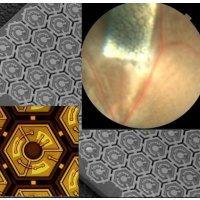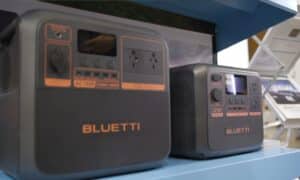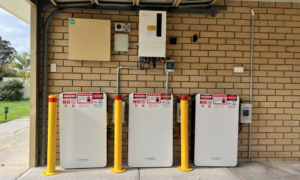Stanford University researchers have developed a retinal implant that harnesses solar power to improve vision for patients suffering from degenerative eye diseases.
In a paper published in Nature Medicine, the scientists behind the work say the breakthrough could restore functional sight to those afflicted with diseases such as retinitis pigmentosa or macular degeneration – ailments that destroy photoreceptors in the eye, blocking light signals to the brain.
The tiny silicon implant, composed of hexagonal photovoltaic pixels, converts light transmitted from special glasses worn by the patient into an electric current, which in turn stimulates retinal neurons known as bipolar cells.
Bipolar cells process light from photoreceptors and send the signals to the brain. By stimulating these cells, the implant bypasses damaged photoreceptors and produces functional sight five times better than existing devices according to the researchers.
Successful testing of the implant has been carried out on rats and a clinical trial with patients blinded by retinal pigmentosa is planned next year in collaboration with French company Pixium Vision.
“The performance we’re observing at the moment is very encouraging,” said Georges Goetz, a lead author of the paper and graduate student in electrical engineering at Stanford. “Based on our current results, we hope that human recipients of this implant will be able to recognize objects and move about.”
According to Daniel Palanker, PhD, professor of ophthalmology and a senior author of the paper, the biggest advantage of the photovoltaic implant is its wireless capability. This eliminates wiring to extraocular devices, a procedure requiring invasive surgery and with generally poor visual acuity results of 20/1,200.
Vision tests of the Stanford device in rats have shown it restores visual acuity to an equivalent of 20/250 and the team plan to further improve these results by developing smaller PV pixels and targeting electrodes to specific cell layers.
“Eventually, we hope this technology will restore vision of 20/120,” Palanker said. “And if it works that well, it will become relevant to patients with age-related macular degeneration.”












































